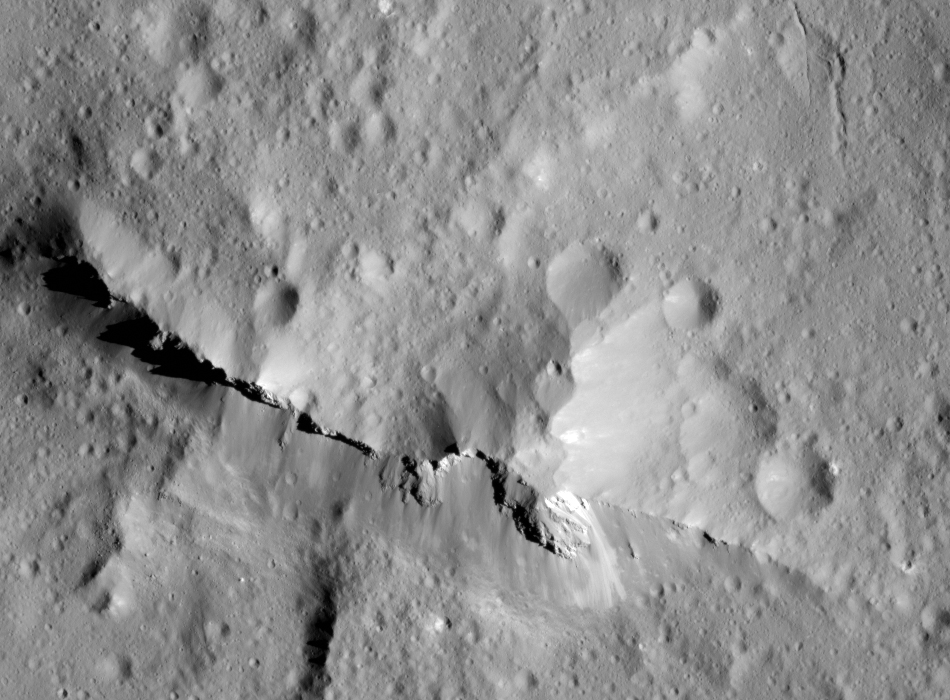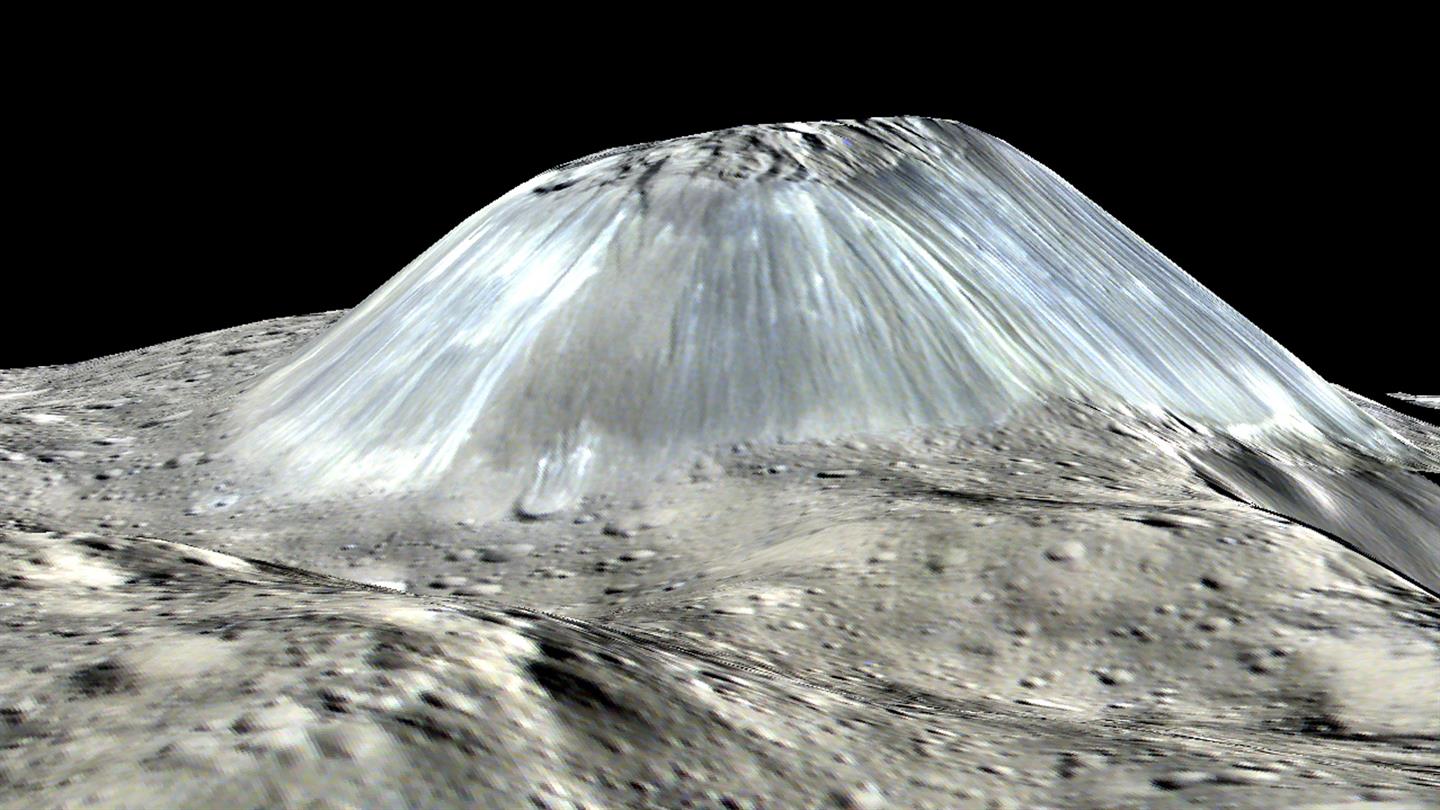Italian National Institute for Astrophysics (INAF) | 2018 Oct 05
Investigating the earliest and least known phases of the history of the Solar System, when the young Sun was still enveloped by the disk of gas and dust where its planets began to form, is probably one of the most complex challenges in modern planetary science. The celestial bodies formed at the time that survived intact to now are few and in the majority of cases their "memory" of the ancient processes that marked the birth of the Solar System has been canceled or otherwise altered by the environments to which they were exposed or by the later events that shaped their evolution.Artist view of a young Solar System -- Credit: NASA/FUSE/Lynette Cook
For decades the asteroid Vesta has been one of our most reliable witnesses of this ancient past: in particular, the survival of its thin volcanic crust to impacts provided a powerful constraint to how violent the Solar System was in its youth. Recently, however, the data collected by NASA’s Dawn mission, which is now coming to its end after successfully exploring also asteroid Ceres, raised the possibility that Vesta’s memory may not be as good as we thought.
On one hand, the craters produced by impacts on its surface in the last 4 billion years seem to have erased the traces of the much older ones formed in the circumsolar disk. On the other hand, the possible greater thickness of its crust with respect to what was suggested by the HED meteorites (which the Dawn mission confirmed being Vesta’s crust fragments that landed on Earth) makes the information provided by the crust survival very vague. ...
The Late Accretion and Erosion of Vesta’s Crust Recorded by Eucrites and Diogenites as an
Astrochemical Window into the Formation of Jupiter and the Early Evolution of the Solar System ~ D. Turrini et al
- Icarus 311:224 (Sept 2018) DOI: 10.1016/j.icarus.2018.04.004
arXiv.org > astro-ph > arXiv:1804.06150 > 17 Apr 2018



